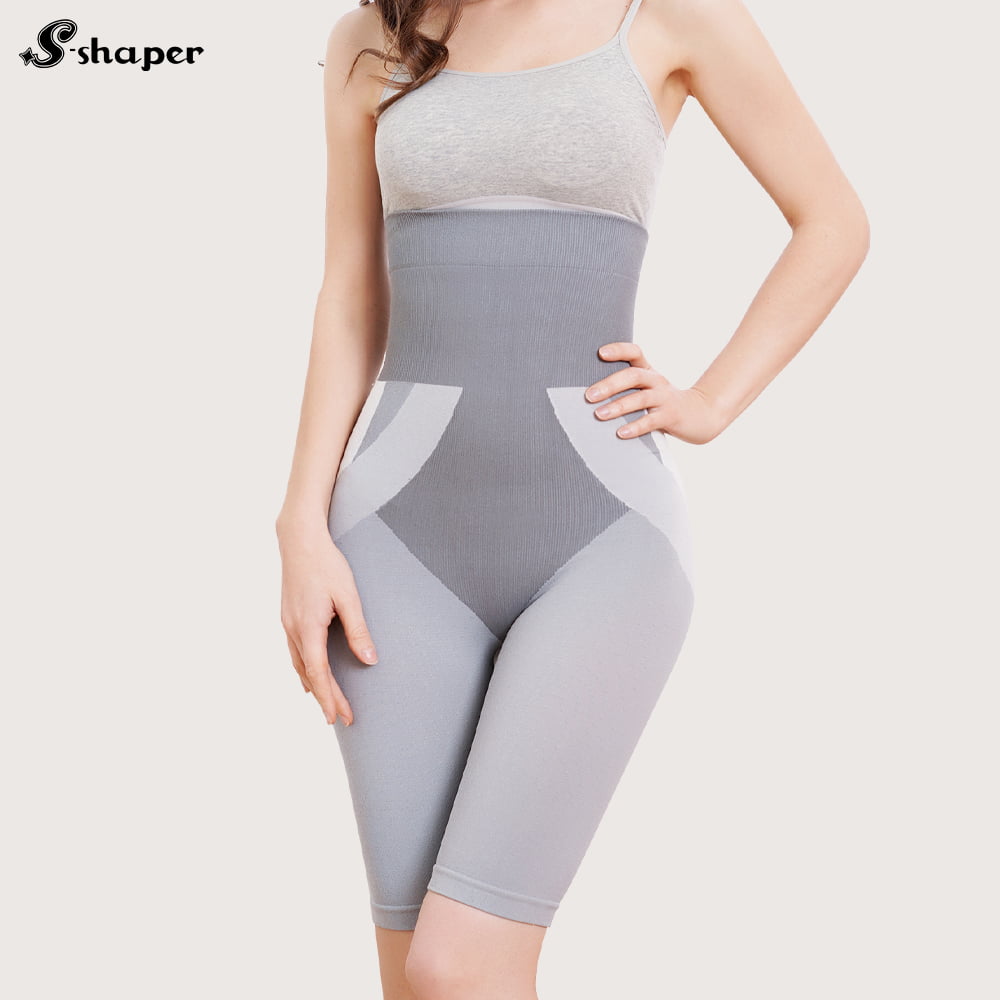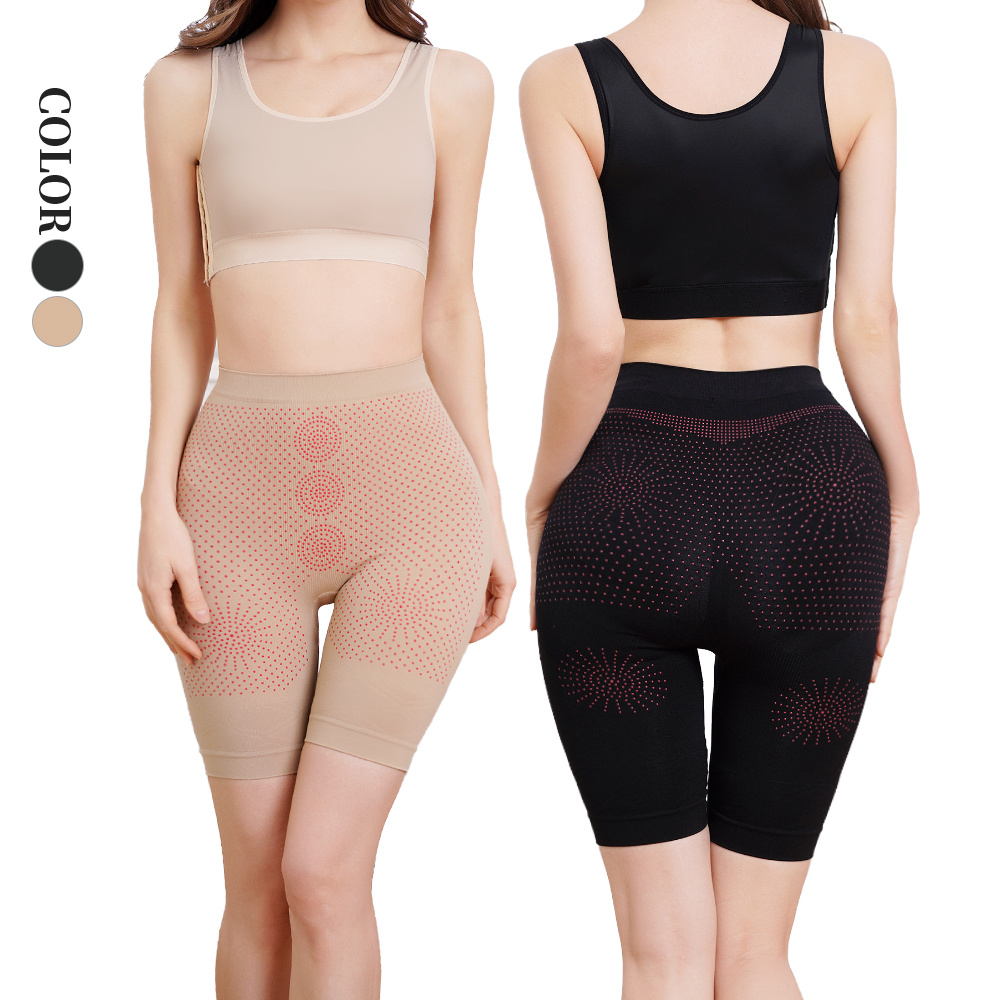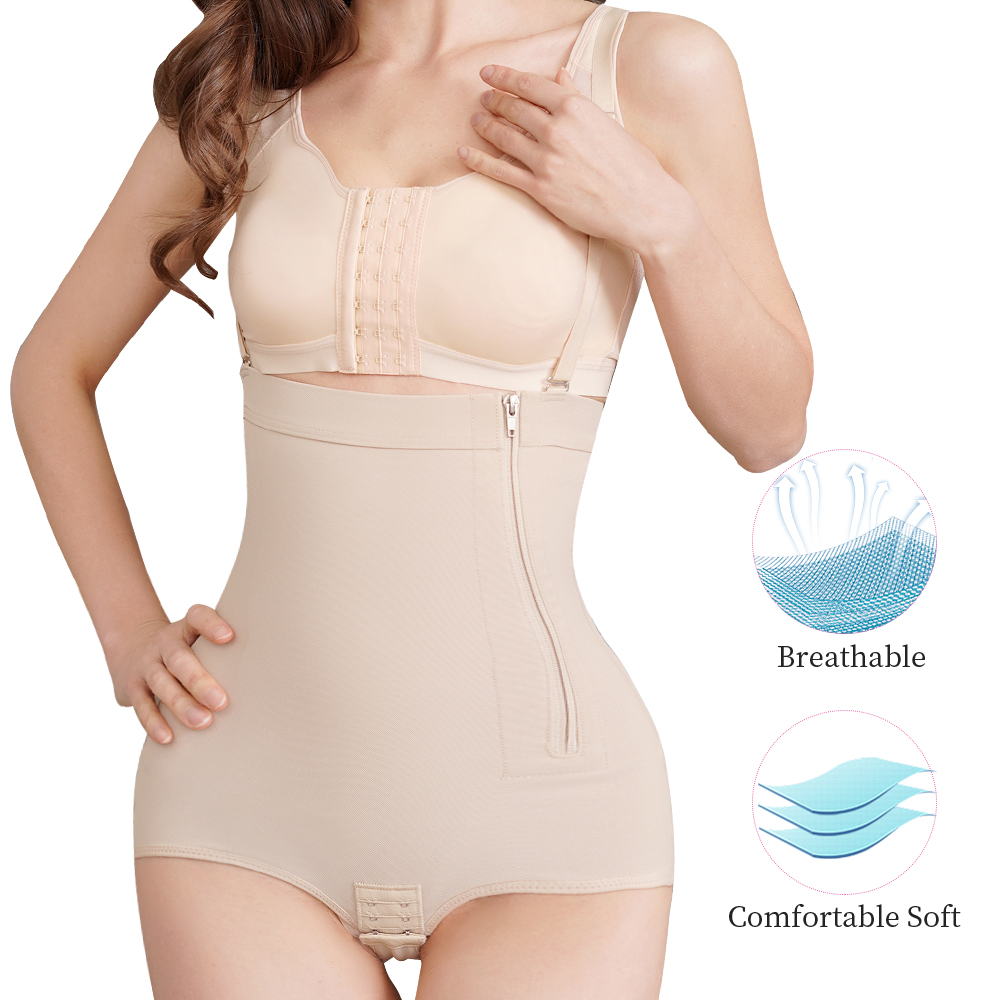Unveiling 9 Secrets to Using OEM Shapewear Services for Private Customization
Have you ever dreamed of launching your own line of shapewear but felt overwhelmed by the process? Original Equipment Manufacturer OEM shapewear services offer a fantastic solution for private customization, allowing you to create unique products tailored to your brand’s vision. This comprehensive guide will walk you through the steps involved in using OEM shapewear services, ensuring a seamless and successful experience.
Understanding OEM Shapewear Services
OEM shapewear services involve customizing and manufacturing shapewear products to meet your specific requirements. These services are perfect for entrepreneurs, fashion designers, and businesses looking to create their own branded shapewear line without investing in their own manufacturing facilities.
Benefits of Using OEM Shapewear Services
- Customization: Create unique designs that reflect your brand identity.
- Quality Control: Ensure high standards of quality in materials and construction.
- Cost-Effective: Save on manufacturing costs and infrastructure investments.
- Expertise: Leverage the expertise of experienced manufacturers.
Step-by-Step Guide to Using OEM Shapewear Services
1. Define Your Brand and Product Vision
Before diving into the manufacturing process, it’s essential to have a clear vision of your brand and the products you want to create.
Key Considerations
- Target Audience: Identify your target market and their preferences.
- Product Range: Decide on the types of shapewear you want to offer (e.g., bodysuits, waist cinchers, thigh slimmers).
- Design Elements: Choose the style, color, fabric, and features that align with your brand.
2. Research and Select an OEM Shapewear Manufacturer
Finding the right OEM manufacturer is crucial for the success of your private customization project. Conduct thorough research to identify potential partners.
Factors to Consider
| Criteria | Details |
|---|---|
| Reputation | Look for manufacturers with positive reviews and a solid reputation. |
| Experience | Choose manufacturers with experience in shapewear production. |
| Capabilities | Ensure they can handle your specific customization needs. |
| Quality Standards | Verify their quality control processes and certifications. |
| Communication | Assess their responsiveness and communication skills. |
3. Initial Consultation and OEM Shapewear Design Discussion
Once you’ve selected an OEM manufacturer, schedule an initial consultation to discuss your project in detail.
Discussion Points
- Design Specifications: Share your design ideas, sketches, and any specific requirements.
- Material Selection: Discuss the types of fabrics and materials to be used.
- Sizing and Fit: Ensure the manufacturer understands your sizing chart and fit preferences.
- MOQ (Minimum Order Quantity): Clarify the minimum order quantity required for production.
4. Sample Creation and Approval
Before mass production, it’s essential to create and approve samples to ensure the final product meets your expectations.
Sample Process
- Prototype Development: The manufacturer creates a prototype based on your specifications.
- Review and Feedback: Evaluate the sample for fit, comfort, and overall quality.
- Adjustments: Provide feedback and request any necessary adjustments.
- Final Approval: Approve the final sample once it meets your standards.
5. Production and Quality Control
With the sample approved, the manufacturer can begin mass production. Quality control is critical to ensure consistency and high standards.
Production Steps
- Material Procurement: The manufacturer sources the required materials.
- Cutting and Sewing: The shapewear pieces are cut and sewn according to the approved design.
- Quality Inspections: Regular inspections are conducted to ensure adherence to quality standards.
- Final Quality Check: A thorough inspection of the finished products before packaging.
6. Packaging and Branding
Custom packaging and branding add a professional touch to your shapewear line and enhance the customer experience.
Packaging Options
- Custom Labels: Include your brand’s logo and information on the labels.
- Branded Packaging: Use branded boxes or bags for a cohesive look.
- Care Instructions: Provide detailed care instructions to ensure product longevity.
7. Shipping and Logistics
Coordinate with the manufacturer to arrange shipping and logistics for your finished products.
Logistics Considerations
- Shipping Methods: Choose between air, sea, or land shipping based on your timeline and budget.
- Customs and Duties: Ensure all necessary customs documentation is in order.
- Warehousing: Plan for storage and distribution of your products.
8. Launch and Marketing
With your custom shapewear ready, it’s time to launch and market your new line.
Marketing Strategies
- Social Media: Utilize platforms like Instagram, Facebook, and TikTok to promote your shapewear line with engaging content and influencer partnerships.
- Website and E-commerce: Set up a user-friendly online store to sell your products directly to consumers.
- Email Marketing: Build an email list and send out newsletters featuring your new products, promotions, and updates.
- Paid Advertising: Invest in online ads on platforms like Google and social media to reach a wider audience.
- Public Relations: Send press releases to fashion magazines and bloggers to gain media coverage.
9. Customer Feedback and Iteration
After launching your shapewear line, gather customer feedback to understand their experiences and identify areas for improvement.
Feedback Collection Methods
- Surveys: Send out surveys to customers after purchase to gather their opinions.
- Reviews: Encourage customers to leave reviews on your website and social media.
- Direct Communication: Engage with customers through email and social media to get direct feedback.
Iteration Process
- Analyze Feedback: Review the feedback to identify common themes and areas for improvement.
- Implement Changes: Work with your OEM manufacturer to make necessary adjustments to the design, fit, or materials.
- Continuous Improvement: Regularly update your product line based on customer feedback and market trends.
Key Considerations for Using OEM Shapewear Services
| Step | Key Considerations |
|---|---|
| Define Your Brand and Product Vision | Target Audience, Product Range, Design Elements |
| Research and Select an OEM Manufacturer | Reputation, Experience, Capabilities, Quality Standards, Communication |
| Initial Consultation and Design Discussion | Design Specifications, Material Selection, Sizing and Fit, MOQ |
| Sample Creation and Approval | Prototype Development, Review and Feedback, Adjustments, Final Approval |
| Production and Quality Control | Material Procurement, Cutting and Sewing, Quality Inspections, Final Quality Check |
| Packaging and Branding | Custom Labels, Branded Packaging, Care Instructions |
| Shipping and Logistics | Shipping Methods, Customs and Duties, Warehousing |
| Launch and Marketing | Social Media, Website and E-commerce, Email Marketing, Paid Advertising, Public Relations |
| Customer Feedback and Iteration | Surveys, Reviews, Direct Communication, Analyze Feedback, Implement Changes, Continuous Improvement |
Conclusion: Launching Your Custom OEM Shapewear Line
Using OEM shapewear services for private customization can be a game-changer for your brand. By following this step-by-step guide, you can navigate the process with confidence and bring your vision to life. From defining your brand and selecting a manufacturer to ensuring quality control and marketing your products, each step is crucial to your success.
Share This Post:
Table of Contents
Most Popular


Sweat Shorts Factory in South America for Gymwear Startups

Sauna Belt Manufacturer in South America for Health & Wellness Brands

Wholesale Shaping Panty Factory in South America for Beauty Clinics
Get in touch with us
Related Posts

Arm Sleeves Manufacturer in South America for Sports Apparel Distributors
1. Why South America is Emerging as a Hub for Arm Sleeves Manufacturing In recent years, South America has become a strategic manufacturing base for sportswear, particularly performance accessories like

Sweat Shorts Factory in South America for Gymwear Startups
1. Why South America is Emerging as a Gymwear Manufacturing Hub South America is rapidly gaining recognition as a strategic location for gymwear and activewear manufacturing — including sweat shorts

Sauna Belt Manufacturer in South America for Health & Wellness Brands
1. Why Health & Wellness Brands Are Investing in Sauna Belts The health and wellness industry is booming globally, and sauna belts have emerged as a top product in the

Wholesale Shaping Panty Factory in South America for Beauty Clinics
1. Why Beauty Clinics are Turning to Wholesale Shaping Panty Suppliers In recent years, beauty clinics have evolved beyond skincare and cosmetic procedures to offer lifestyle-enhancing products. One of the






